9 easy ways to boost your cell phone signal
You + Poor Cell Phone Signals = Silent Suffering
It's official.
We're mobile creatures. We talk, text, surf the internet, use apps, plays games, and take photos all on the go. 95% of all Americans own a cellphone and with our mobile lifestyle we demand mobile essentials.
And nothing is more essential to smartphones than cellular service.
See what happens when you get spotty to no service:
• Dropped calls
• Poor voice quality
• Sluggish internet
• Stuck text messages & email
• Still-connecting social media
• Raise your hand if you've ever clinged to one bar of service, praying, pleading, and promising to be a new person just for the connection to hold on.
And absolutely nothing is more FRUSTRATING than waiting...and waiting... for something to send or load but the progress bar sticks at 99% then just fails.
Not acceptable. Not in today's always on, always connected world.
You're paying for these high monthly cell phone bills. You deserve to get what you're paying for. Because without reliable 3G & 4G LTE (and soon to be 5G) signals, your cell phone is basically a glorified calculator that takes photos.
However, there are a few easy tips and tricks you can use to help boost your cell phone strength.Today we look at a few free & paid options
Your cell phone and cell phone tower play a game of Marco Polo every time you use your phone. One yells “Marco” and the other shouts back “Polo.”
When there’s a clear line of sight between them, it’s easy for the two to hear each other. But when there are objects and obstructions in between, it gets a little harder for the two to communicate.
When you see people raising their phones or moving to a window, they are basically trying to reduce the interference between the cell phone and cell tower.
That's because there are about 5 main causes of poor cellular signal:
Cell tower distance (of course)
External interference (trees, hills, mountains, valleys, metal structures & high buildings)
Building material & construction (metal, concrete, thick walls, energy-efficient installations, etc.)
Internal interference (electronics, metal objects, anything magnetic or electronic can interfere with cell waves)
Weather (yup)
Some simple tips that help:
Move outside or get near a window.
Avoid standing under or near tall structures
Reduce interior clutter
Get higher. Usually the second floor of the home gets better signal.
All these tips should help get you better reception.
As mentioned, weather may also affect service, too, like rain, snow and thunderstorms. Sometimes it feels as if windy days can affect your signal.
Just remember this, less things between your cell phone and the cell tower, the easier the two can keep communicating. Cellular signals are very fickle by nature. Sometimes, a slight move here or there can drastically change reception.
Speaking of cell towers…
Knowing the closest cell phone tower locations helps tremendously when it comes to getting the best reception: the closer your phone is to the tower, the better the signal strength.
Websites (Good):
Antenna Search:
It looks old and takes a bit of time to load, but the amount of data it provides is best-in-class. You'll need a little patience to mine out the data.
Cell Reception:
Put in your zip code or city and state and the magic happens.
Find cell tower locations by the major carriers (Verizon, AT&T, Sprint, & T-Mobile). And read reviews and ratings by users like yourself.
Open Signal:
Open Signal ranks the top 4 carriers and their signal with a cell phone coverage map and then further compares your area cell phone signal nationwide and even worldwide.
You can also refine the type of cell phone signal by 2G, 3G, and 4G.
Apps (Better):
OpenSignal: For iPhone | For Android
RootMetrics' Cell Phone Coverage Map: For iPhone | For Android
These are our recommended apps to help find cell tower locations and coverage quality.
DIY (Best):
Your smartphone is a great way to find signal strength.
First, a short technical explanation and surprising truth.
Cell phone signals are measured in dB (decibels). They're basically radio waves, the AM/FM kind. All cellular devices operate within this standard:-50 dB to -120 dB signal level.
-50 dB is considered full strength (full bars). -120 dB is considered a dead zone.
This is why you can't trust the number of bars on your phone too much.
Because there's no industry standard and practice to label dB values to number of bars.
In plain English, what might be 1 bar on Verizon is 2 bars on AT&T and 3 bars on Sprint, despite receiving the exact same signal and performing at the exact same speeds.
The number of bars is subjective across all carriers!
But dB readings are not subjective. Just plain old science, math, and truth.
OUR RECOMMENDATION:
Find dB readings on your phone.
Walk around your house.
The number closest to -50 dB is where you get your best signal.
So how do you find dB reading on your smartphone? It's usually under the settings menu. However, we've included a quick guide for iPhone and Android users from one of our finding cell tower guides:
How to Access Your dB Signal:
For iPhone Users
UPDATED: We've received notice that this method is outdated on iOS 11 (on any iPhone) and iPhone 7 & 7 Plus models that use Intel modems instead of Qualcomm models. For other versions of iOS (10 & below) and iPhones that use non-Intel models, this method will still work as long as you're not using iOS 11.
Go into Phone Mode
How to access db cell signal on iPhone, Step 1
Dial and Call 3001#12345#
How to access db cell signal on iPhone, Step 2
You'll enter Field Test Mode
How to access db cell signal on iPhone, Step 3
Drag down your notifications bar and you will see your dB reading in the left-hand corner.
How to access db cell signal on iPhone, Step 4
For Android Users
Access Settings
How to access db cell signal on Android phones, Step 1
Then General
How to access db cell signal on Android phones, Step 2
Go to About Phone
How to access db cell signal on Android phones, Step 3
Network or Status
How to access db cell signal on Android phones, Step 4
You should see your dB Value
How to access db cell signal on Android phones, Step 5
Now you understand how to read and find dB values on your phone. Walk around the house and find that place to get better signal.
Generally anything from -50 dB to -95 dB is considered good working signal. From - 95 dB to -120 dB, that's the thin margin where you get spotty service to a complete dead zone.
Your phone needs to do many things.
Connecting to a cell tower takes a constant supply of power, so if you’re low on battery, your phone might not have enough juice to find a signal. That's why many smartphones have a battery-saving mode.
The following best practices should help conserve battery power:
Turn off hardware options like Bluetooth and NFC when not in use.
Lower screen brightness
Close unnecessary & unused apps working in the background
Turn off push notifications
Update to latest firmware
Keep phone away from extreme temperatures
But if still find your cell phone lacking power before the end of the day, we'd recommend a portable battery charger or case.
Before the rise of smartphones, most mobile phones had external antennas. They were the vital part of the device that gathered and sent signals to the cell tower.
However, with most smartphones today, the antenna is now designed to be tucked inside the phone.
Great for cosmetic reasons but difficult for increased reception, because those interior antennas still need to do the same job.
By holding your phone in landscape position (sideways), your hands may be effectively blocking your antenna from the cell tower. Although the newer smartphones have designs to combat this problem, with a smartphone in a rugged case and gripped with both hands, you'll still get the occasionally no-signal burp.
To avoid such antenna problems, try holding your phone in an upright position with your antenna free of a blockage, it should help increase cell phone reception.
A cell phone tower can hold a few hundred to a few thousand users. What happens when everyone tries to access that tower at the same time?
Chaos.
When you’re at a concert, festival, crowded public event, or major sports game, there’s bound to be a horde of picture taking, Facebook and Snapchat selfies out there. With so many people and their smartphones and tablets, it's bound to overwhelm the cell tower.
Which leads to the following problems:
Dropped calls
Poor call quality
Slow internet
Super slow uploads & downloads
Stuck text messages
Spotty service
Instead of completing for signal bandwidth and clogging up the network, finding a less populated area should help improve your situation. Of course, if you followed Step 2 above, you already know how to find the nearest cell towers.
Wi-Fi Calling allows using your broadband landline internet to make calls and also connect to the web.
As of now (December 2017), T-Mobile and Sprint offer wider WiFi Calling support for many phone models, while AT&T and Verizon support wi-fi calling on select phones as such Apple iPhone, Samsung Galaxy, and some LG phones.
So if you already have landline internet, connecting your Wi-Fi compatible cell phone should be able to help boost reception service.
Keep in mind, if your wifi speeds are spotty or horrible to begin with, then it won't be much help either.
Well, you’ve done everything you could, but there’s still no progress.
No one likes to burn bridges, but you've got no other option.
If your phone is fully paid for or past its two-year contract, it may be time to jump ship and find a carrier better suited to fulfill your mobile needs.
And most carriers are eager to get customers to switch, so you might be able to get a new or highly discounted smartphone or bill.
For example: T-Mobile will pay for any early termination and old payment plan fees. Sprint also does the same thing. And ditto for AT&T and Verizon.
So keep an open eye for carrier deals and promos. They're everywhere.
We recommend using Open Signal to research carrier service heatmap for your location. Search by ZIP code and compare network rankings in your area.
With that information along with understanding cell tower location, it should give you much better information about the quality of your carrier's and competition's services.
There's a lot of variables to consider.
Verizon might have more 4G coverage nationally, but if you live near an AT&T cell tower, you might have to reconsider. Perhaps talk and text is more important to you than internet data, so T-Mobile's or Sprint's 3G plan might be more cost effective.
So take your time and do the right research.
Like Wifi Calling, femtocells depend on having broadband landline internet with a minimum speed of 1.5 Mbps download & 256Kbps upload to have any decent results. In short, they convert landline internet to cellular signals.
While femtocell is the proper & broad term, each carrier likes to brand their own femtocell names. So you'll see things like AT&T Microcell, Verizon Network Extender, T-mobile Personal CellSpot or Sprint Airave. But they're all femtocells by nature.
These devices can range from $100 to $300 with a possible monthly subscription service on top of your broadband landline internet bill.
So if you already have home landline internet and don't mind sacrificing your home internet speeds to help improve your cell reception. It's worth a look.
Why wait for someone to fix your problem when you can take matters into your own hands.
Cell phone signal boosters take existing cellular signal (no matter how weak) and boosts it up to 32X. They're FCC-certified devices that work with all carriers and all phones (unlike femtocells and wifi calling) for home or car.
Here's a quick overview of cell phone boosters:
• Boosts 3G & 4G LTE for any phone on any carrier
• One-time purchases with no monthly fees
• No need to be connected to internet or wifi to work
• Free shipping. 2-year manufacturer's warranty & lifetime technical support
• Guaranteed boost or your money back
• It's a sound investment for your convenience, business, and even emergency.
Hope this info helps: you can learn more at www.signalboosters.com
Looking to boost wifi signal?
Checkout this helpful article
Cheers
Andrew from SignalBoosters.com.
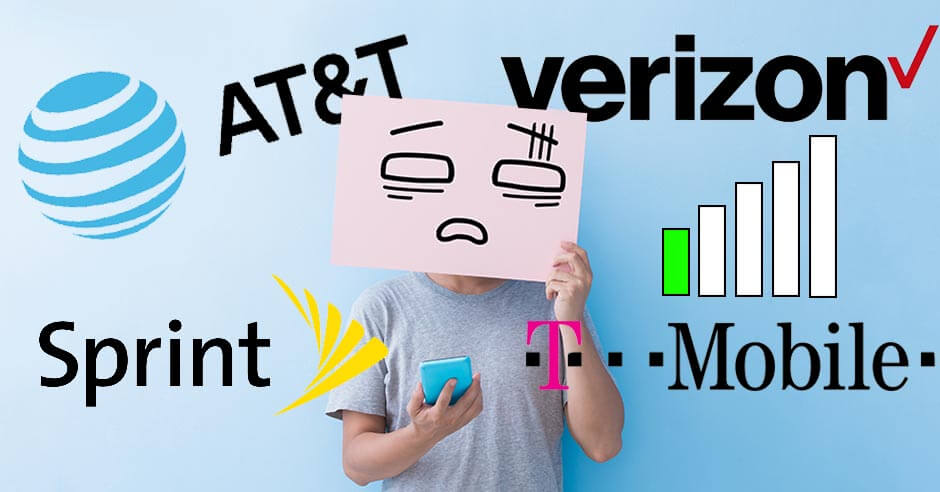
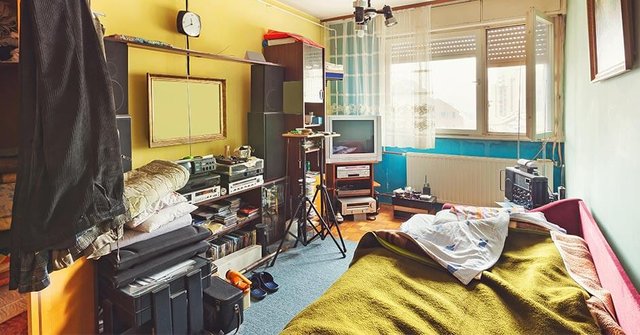
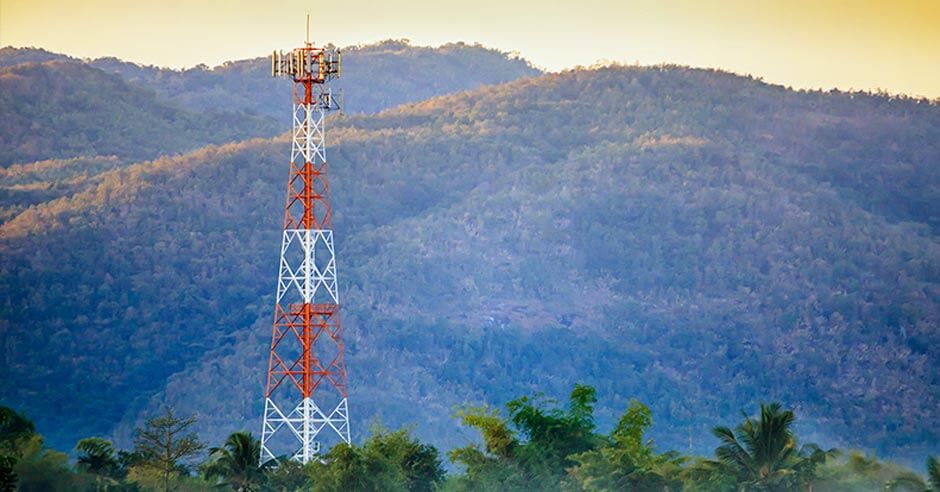
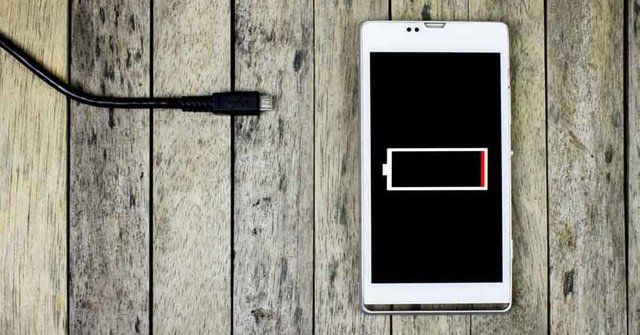
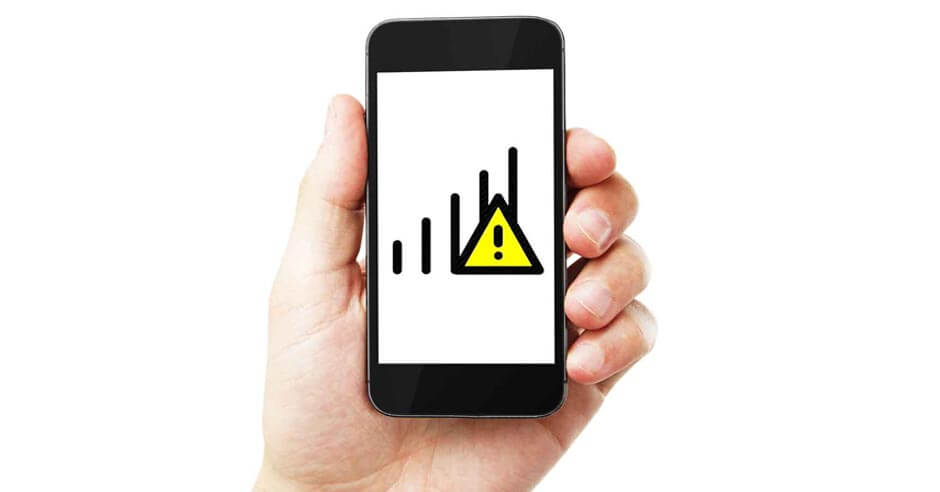

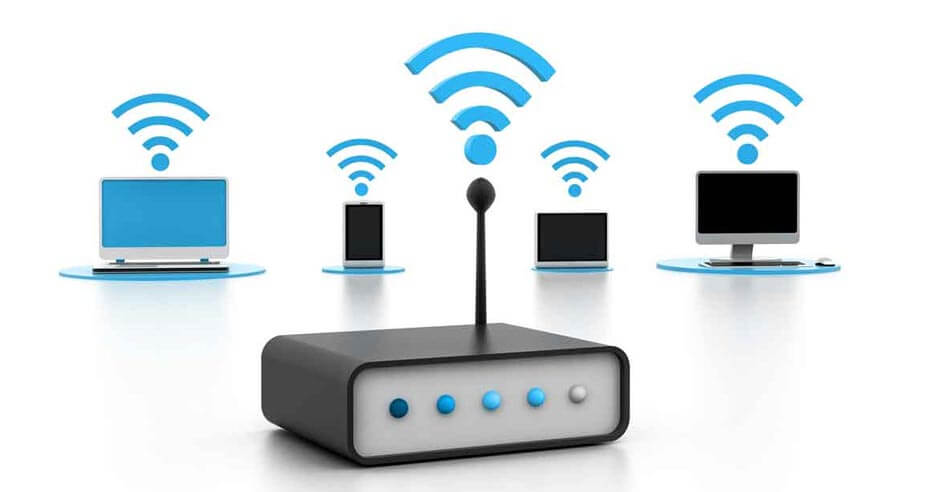
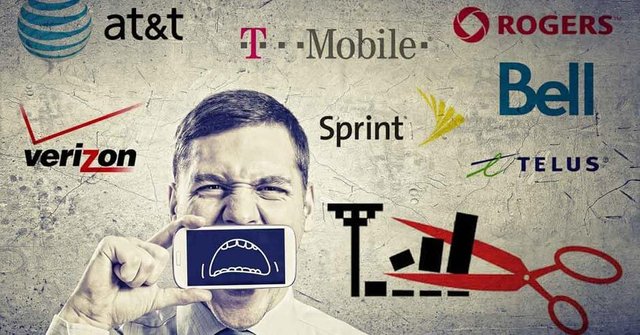
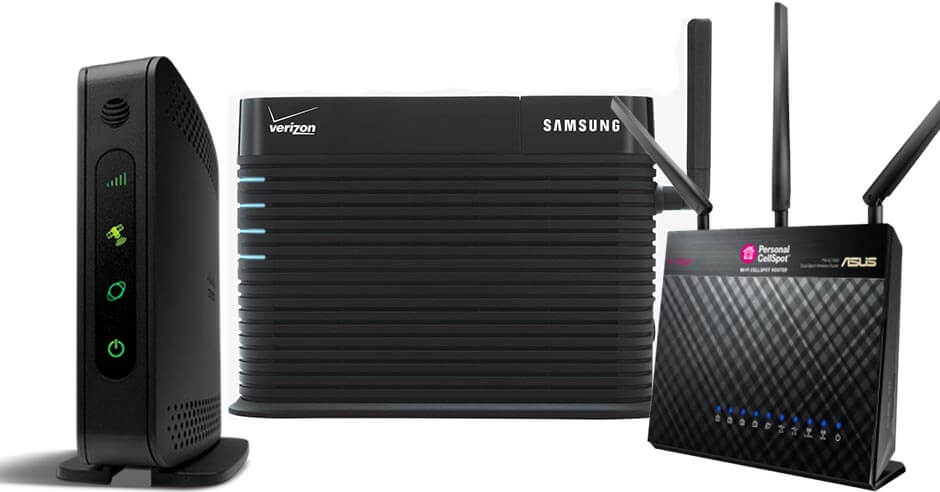
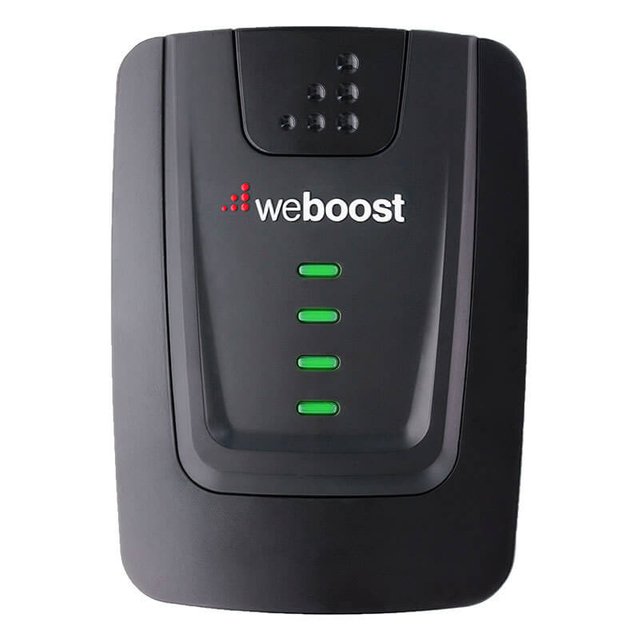
Hi! I am a robot. I just upvoted you! I found similar content that readers might be interested in:
https://www.wilsonamplifiers.com/blog/9-easy-ways-to-improve-your-cell-phone-signal/